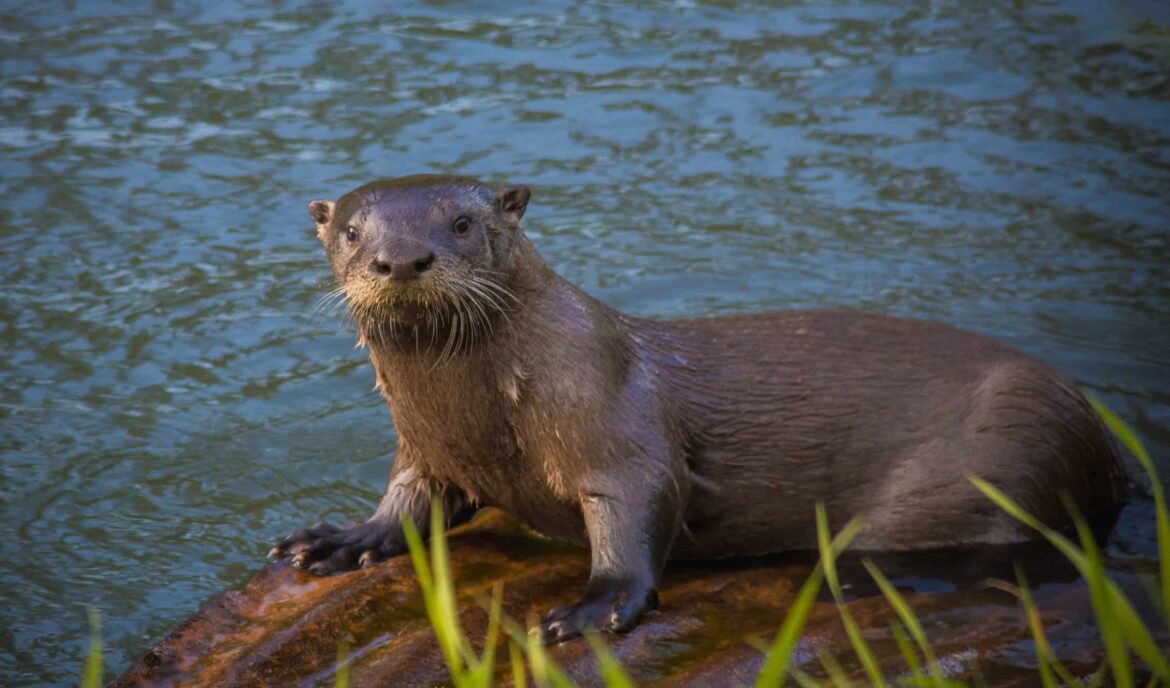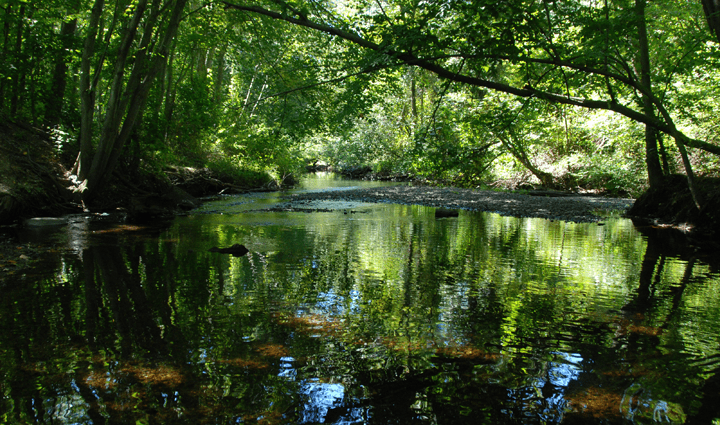
Milford Wildlife
The Nutmeg State is home to a vast variety of wildlife species, many of which look similar and can be easily confused. Recently, there has been some scuttlebutt about whether playful and stealthy river otters are calling the diverse ecosystem of the Duck Pond area in Milford home. The answer is yes!
River otters are known to be very elusive and tend to stay clear of humans, which is why it is such a marvel to see them in their natural habitat. Wildlife enthusiasts lucky enough to witness these playful wetland nymphs are very fortunate. Recently, some of these eyewitnesses took to Facebook to share their findings. A few were confused as to whether the mischievous aquatic animals they were seeing were river otters, muskrats, or fisher cats. One defining characteristic which easily sets each of these animals apart from each other is their tails. The tails are the tell.
With a long, thick, muscular tail that comes to a point at the end, the river otter’s tail is used as a streamlined, fur covered, rudder which aids with agility and forward movement in the water. Comparatively, the muskrat’s long, flattened tail is covered in scales and is mostly hairless, utilized as an aid while swimming, acting like an oar attached to its small body. In contrast, the fisher cat, which lives in Connecticut’s forest and is not exclusive to wetland habitats, has a long, bushy, thick, fur covered tail which aids the animal’s balance and dexterity when hunting and climbing trees.
Beyond their differing appendages and the fact all three animals are dissimilar in other ways, it’s not uncommon for them to be mistaken for one another because each is smallish, dark colored, quick moving, and live in similar habitats. All three species are native to Connecticut and live in environments that include forest areas, wetlands, rivers, and ponds. Technically speaking, river otters and fisher cats are both members of the weasel family and the muskrat is a rodent. In addition, the fisher cat is categorized as an apex predator, where as the river otter and the muskrat are not.
All three of these animals are a true testament to the conservation and protection efforts the state has made regarding wildlife and wetlands. According to the Connecticut Department of Energy and Environmental Protection (DEEP), “In the nineteenth century, fishers became scarce due to forest logging, clearing for agriculture, and overexploitation.” In fact, by the 1900s, fishers were basically eradicated from the state. In 1988, a project to reintroduce the native mammal into northwestern Connecticut was initiated. According to DEEP, “Biologists later found that the fishers that were released in northwestern Connecticut had high survival rates and successfully reproduced. As a result of this project, a viable, self-sustaining population of this native mammal is now established.”
In addition, river otters serve as good indicators of the health of aquatic ecosystems. And muskrats, although the smallest of the three animals have the highest population in the state, more than river otters and fisher cats.
So, the next time you are out and about in the Duck Pond area enjoying a leisurely nature outing, make sure you look carefully. If you spy a dark brown animal that moves quickly, or even flees into the water, you’ve most likely seen a river otter, out looking for a meal or snack, or just having some playtime enjoying its surroundings.
—Karena Garrity




